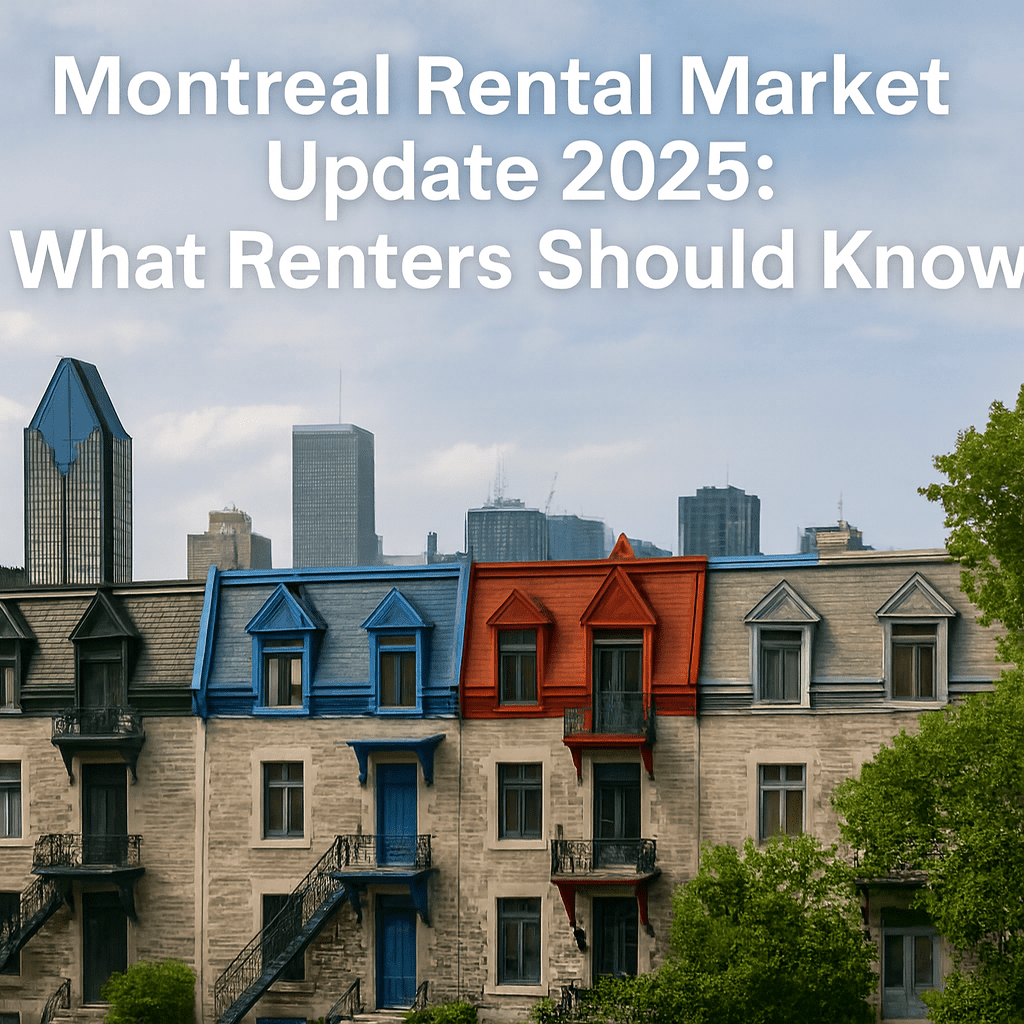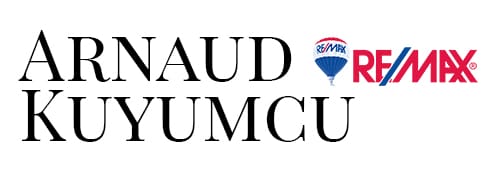
The 2025 Montreal rental market continues to be shaped by strong demand, steady population growth, and shifting lifestyle preferences. For tenants, that means being strategic—especially if you’ve got your eye on the most popular central neighborhoods. Here’s a concise Montreal rental market overview and Montreal rent trends 2025 overview to help you plan your next move.
Where rent pressure is highest
Desirable areas like Plateau-Mont-Royal, Griffintown, Mile End, and Downtown (Ville-Marie) remain competitive. Low vacancy and high demand keep prices elevated, particularly for renovated one-bedrooms and newer builds with elevators and amenities. Expect the most competition for well-located units near metro lines and lively commercial streets—think Saint-Laurent, Saint-Denis, Notre-Dame Ouest, and Wellington.
The Montreal rental market is highly competitive due to low vacancy rates and high demand for desirable areas like Plateau-Mont-Royal, Griffintown, Mile End, and Downtown (Ville-Marie).
Understanding the Montreal Rental Market
More purpose-built rentals and mixed-use projects are coming online across the island. While new supply won’t flip the market overnight, it should provide additional options in 2025—especially mid-rise buildings along key transit corridors. Keep an eye on professionally managed apartments that bundle conveniences (secure entry, bike storage, in-suite laundry), as these can offer value even if the sticker price is higher.
As the Montreal rental market evolves, expect to see more purpose-built rentals and mixed-use projects coming online across the island.
How lifestyle trends are shifting demand
Two forces are reshaping where renters look and what they need:
- Population growth & immigration: Newcomers and students continue to fuel demand across central areas and transit-rich neighborhoods.
- Remote/hybrid work: Many tenants now prioritize space and quiet, leading to more interest in suburban or edge-of-core locations where larger layouts are attainable. Areas like Verdun, Rosemont, Villeray, NDG, Saint-Henri, Lachine, and off-island options on the South Shore (Longueuil), Laval, and the West Island are seeing increased consideration thanks to a better price-to-space trade-off and improving connectivity.
 The Montreal Rental Market continues to present exciting opportunities.
The Montreal Rental Market continues to present exciting opportunities.
Smart renter strategies for 2025
To compete effectively without overpaying, try these tactics:
- Start early: Begin your search 60–90 days before your target move-in. Good units go fast; early birds get first tours and more negotiating power.
- Prep your renter dossier: Have ID, proof of income, references, and a recent credit report ready. Landlords move quickly on complete files.
- Broaden your map: Add a few “Plan B” neighborhoods to your shortlist—often a 10-minute transit shift can save meaningful dollars.
- Time your move: If possible, target shoulder months (outside July 1 peaks) or a mid-month start when competition dips.
- Compare true cost: Ask what’s included (heating, hot water, electricity, internet). An older walk-up with heat included may beat a newer unit with extras à la carte.
- Consider lease length & flexibility: A 12–24 month term can sometimes secure stronger pricing or renewal clarity.
Quick FAQ: Are rents still rising in Montreal in 2025?
Generally, yes—especially in high-demand central neighborhoods with limited turnover. However, increased rental construction and more tenants considering suburban options should help moderate the pace of increases in other areas. Savvy renters who start early, stay flexible on location, and compare total monthly costs can still find solid value.
Understanding the Montreal Rental Market is crucial for renters navigating this competitive landscape.
📞 Reach out now for a free consultation.
Check out our Facebook!
